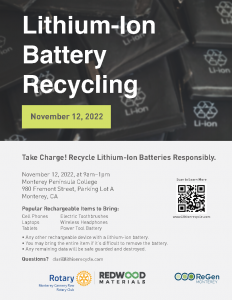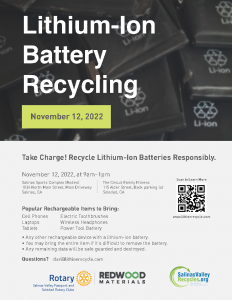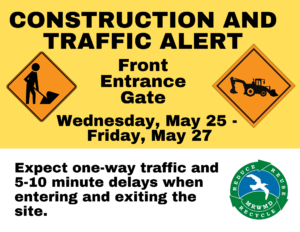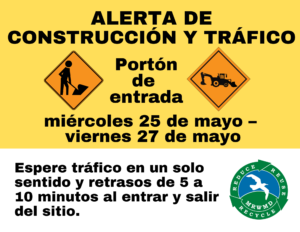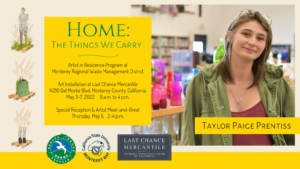The world has come a long way since the “Monterey Peninsula Garbage and Refuse Disposal District” was founded in 1951. By modern standards, the organization’s mission was minimal: provide one sanitary destination for trash, which in previous years had been dumped all over—including in the ocean.
But the ensuing decades brought great progress in understanding of the environment and how to protect it. That led to a crucial update of the District’s mission: Waste shouldn’t just be disposed of, but managed, with the aid of ever-advancing technology and techniques for recycling, reusing, and reducing it.
That shift was reflected in a new name: the Monterey Regional Waste Management District (MRWMD). For over seventy-years, the MRWMD has established a record of leadership in waste management, as seen in the cutting-edge Materials Recovery Facility, a greatly expanded composting operation, and other innovations.
Now, the organization’s mission is being updated again: from managing waste, to reducing it towards an eventual goal of zero. The growth of knowledge and capability, locally and across the waste management industry, makes that goal ambitious but achievable.
To express this third-generation mission for the organization, the District Board of Directors recently approved a new name and logo:
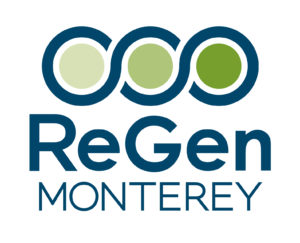
“We’re planning for a future in which waste is no longer seen as an unavoidable problem that we just have to manage,” said Zoë Shoats, Director of Communications of the newly renamed ReGen Monterey. “After all, there’s no waste in nature, because nature continually regenerates itself. Our new name and logo express our commitment to making progress ever closer to that standard.”
The new identity also reflects some creative serendipity. Looking at the previous name, the communications team focused on its most meaningful part—the Monterey Region that the organization serves. The new mission meant not only safeguarding the region’s environmental health but helping to regenerate it.
“Monterey Region became Monterey ReGen,” said Shoats. “And then that became a simple, active statement of our mission: ReGen Monterey.”
“The logo expresses that mission visually. Classic concepts of waste management such as recycling have often been depicted as simple loops. But the new logo expresses the modern understanding of complex but harmonious systems, like those found in nature.”
Shoats points to some of the ways the logo achieves that:
- Three green circles are inter-linked by a continuous blue line, evoking natural systems.
- The green and blue represent the environment and health, as well as the land and sea of the Monterey Region.
- The shape formed by the green and blue elements echoes the infinity symbol, evoking sustainability.
- The deepening of the green from left to right indicates continuing progress towards the eventual goal of no waste.
- That goal is also suggested by the similarity of a circle and a zero.
- The implied white line creates the impression of three waves where it crests the blue line, evoking waves as a symbol of regeneration and of the Monterey Bay.
- The shapes of the logo are echoed in the letters of the name, forming an integrated whole.
There’s an important, functional value to all this, says ReGen Monterey’s recently appointed General Manager, Felipe Melchor.
“No matter how much technology and knowledge we deploy, all progress depends on people, working individually and together, here and across the region” said Melchor. “By expressing our shared goal so simply and memorably, we expect our new identity will help unite us all in achieving it.”
The new name and logo will be rolled out over coming months as the organization’s public, “doing business as” identity. “Monterey Regional Waste Management District” will be retained as the name of the legal entity.

